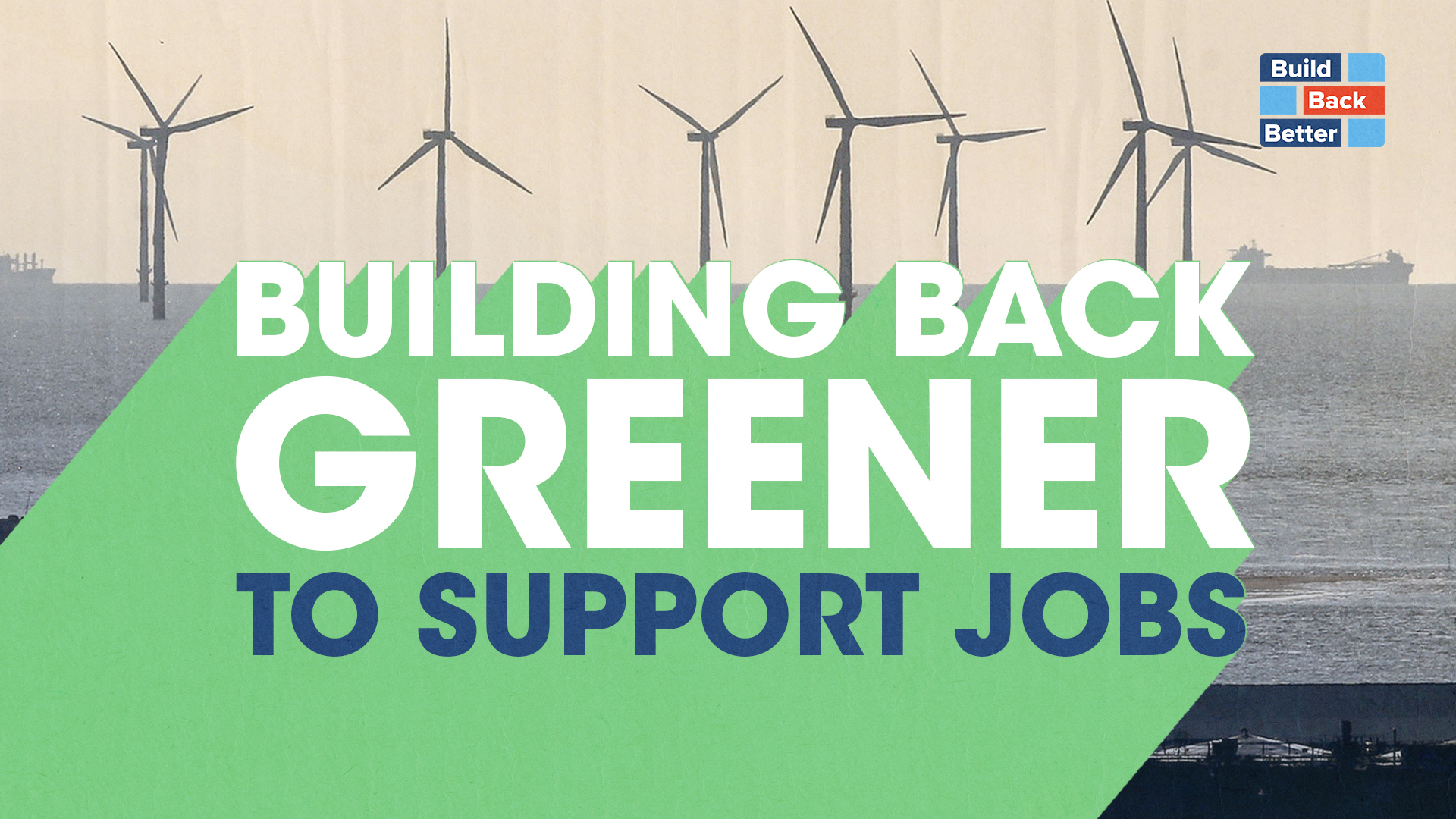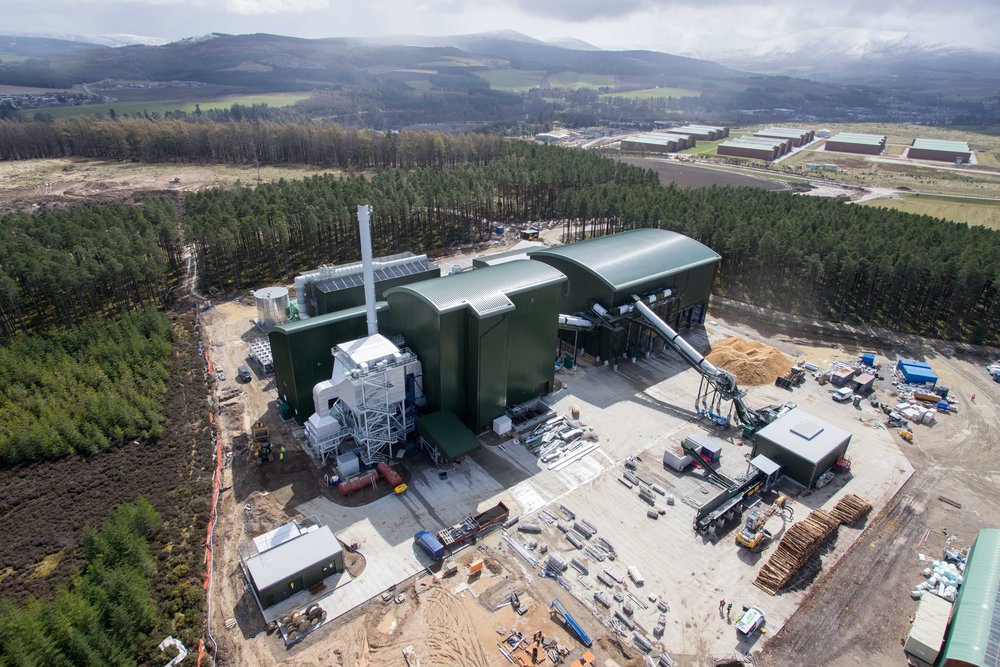
Energy in UK
Sustainability, renewables, cogeneration. A short report from United Kingdom
As for the future of energy policies, UK is facing a crucial moment. Next to Brexit, the Government is actually facing relevant problems, from limits of the national grid to the difficult renegotiation of the quotes of greenhouse gas emissions (as part of EU Emission Trading Scheme).
At the same time, Prime Minister Boris Johnson mustn’t ignore the electors’ wish for change. The Government plans new challenges and goals for the future, with a program that aims to a full energy autonomy through a sustainable strategy.
A few days ago, the Government has announced the launch of the “Build Back Greener” initiative. It’s a clean energy recovery plan as an asset for the country’s development. The document lists a series of projects to realize by 2030, that include infrastructures investments, creating new jobs and reinforcing offshore wind farms off British coasts.
The government aims to a full energy autonomy through a sustainable strategy
“Our seas hold immense potential to power our homes and communities with low-cost green energy” Prime Minister Johnson said, speaking at the Conservative Party annual conference, putting the environmental factor at the heart of renewal policies. As a matter of fact, “going greener” represents both a strategy and a necessity for UK.
“We believe that in ten years’ time, offshore wind will be powering every home in the country, with 60% of offshore wind energy coming from the UK” Johnson said, adding that this will help to meet UK 2050 net zero emissions target. “Your kettle, your washing machine, your heating, will get their clean energy from the breezes that blow around these islands,” he added.

Recently British media have released a research by National Grid society, according to which electricity supply margins have been strongly reduced in the last five years. This actually describes the current grid as not able to guarantee a full autonomy, pushing both Government and companies to take action.
Solutions are several, from nuclear to solar energy. A consortium led by Rolls-Royce has announced plans to build up to 16 mini-nuclear plants in the UK, in the Midlands and the North of England over the next five years. The Government says new nuclear energy is essential to meet the target of reaching net zero emissions by 2050.
“Our seas hold immense potential to power our homes and communities with low-cost green energy”, mr. Johnson said
Associated British Ports has invested £9m at the Port of Hull to install the region’s biggest roof-mounted solar project. Once completed, it will have a 6.5MW capacity, enough to supply 30% of the ports’ energy requirements, saving 2,600 tonnes of CO2e per annum.
Other facilities are considering alternative solutions, as for example cogeneration (CHP: Combined Heat and Power). It is today a good solution for UK economy problems and fits perfectly in the grid free initiatives.

Co-generation plant in Kent (England)
CHP systems guarantee energy self-sufficiency and a substantial reduction of consumption, an energy efficiency that can be up to more than 80% and evident repercussions on plants’ carbon footprint.
British cogeneration systems are today the 7,1% of national electricity gross production, with 25000 active systems. The plants’ total capacity is 6000MW, the average power requirement for around 2000 homes.

